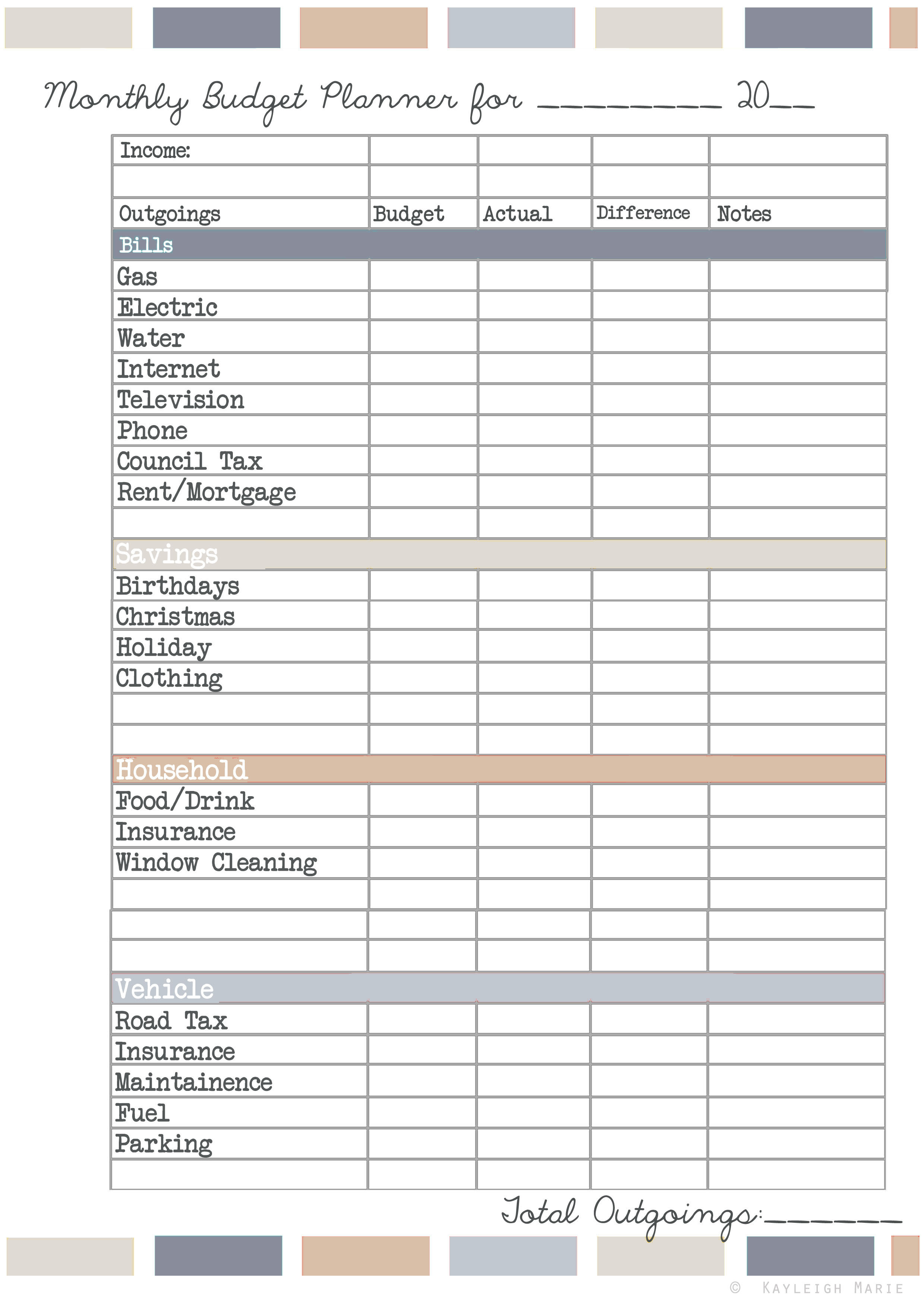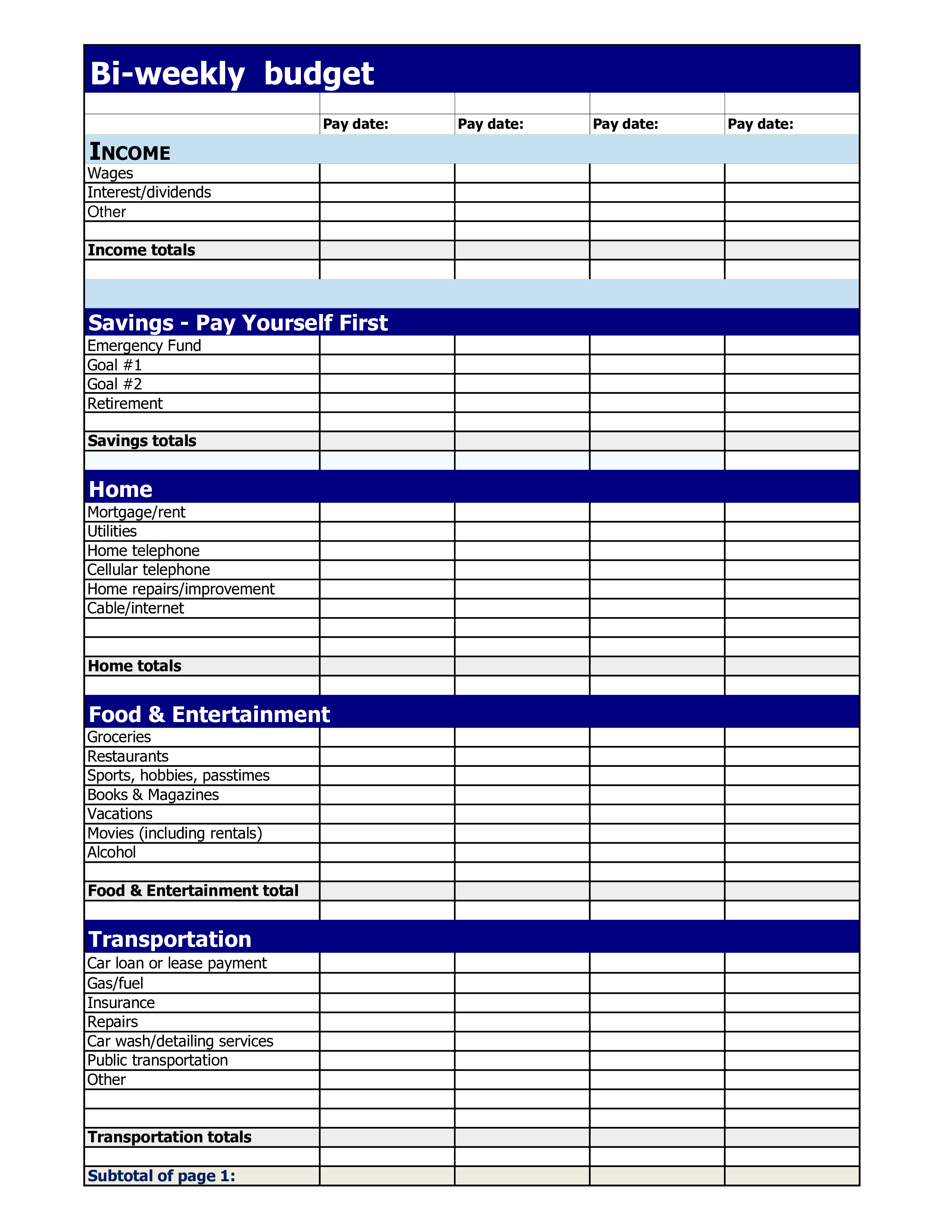

Once you have your spreadsheet set up, it’s important to make the most of it all year long. Tips for making the most of your monthly budget template
#BUDGET PLANNING SHEETS UPDATE#
Feel free to play around with the categories and make sure to update them regularly as your personal and financial needs change. needsĪll of our wants and needs are different, and you might have to tweak the template to make it work for you.įor example, maybe travel expenses are actually a “need” for you because you travel for work or a gym membership is non-negotiable.
#BUDGET PLANNING SHEETS HOW TO#
What if you’ve budgeted for your wants and needs and don’t know how to use the rest of your money? Try adding it to your emergency fund, investing it, or repaying more of your debt. You won’t have to worry about ending up with “leftover” cash and having to decide what to do with it. If you split 100% of your income across your categories - 50% for needs, 30% for wants, and 20% for saving/debt repayment - you’ll know exactly what happens to every dollar at the end of the month so you can feel confident you’ve put all your money to good use. Why you should budget your whole incomeīudgeting all of your income is a strategy known as zero-based budgeting and it’s a good way to use your money more efficiently. If you budget all of your income (which you should), these two fields should be the same. your income subtracts how much you’ve spent from your total monthly income. your budget subtracts how much you’ve spent from how much you’ve budgeted or put into the different budgeting fields. There are two fields for your actual spend: one that compares your spending to your budget and one that compares your actual spending to your overall income. If you’re over budget, look for ways to save money and spend less. The “Actual Spend” boxes will be green if you’re under budget or red if you’re over budget. Once you’ve entered all the values, the template will tell you how much you have left at the end of the month. What if you don’t really know how much you spend? No worries, just use your transaction history and bank statements to make your best guess for any expenses you’re not sure about.

This includes the things you do for fun, such as going to concerts or dining out, and other things that are important to you, like updating your seasonal wardrobe or donating to charity. This includes household expenses that may fluctuate (think: groceries and utilities) as well as fixed costs, like insurance premiums or car payments, and other non-negotiables. Then, it gives a different percentage of your income to each of these expense categories. This is a widely used strategy that’s easy to apply and remember.īasically, it helps you set priorities in your budget and categorize expenses by breaking your spending into three types: needs, wants, and savings. This template follows the 50/30/20 budgeting method.



 0 kommentar(er)
0 kommentar(er)
